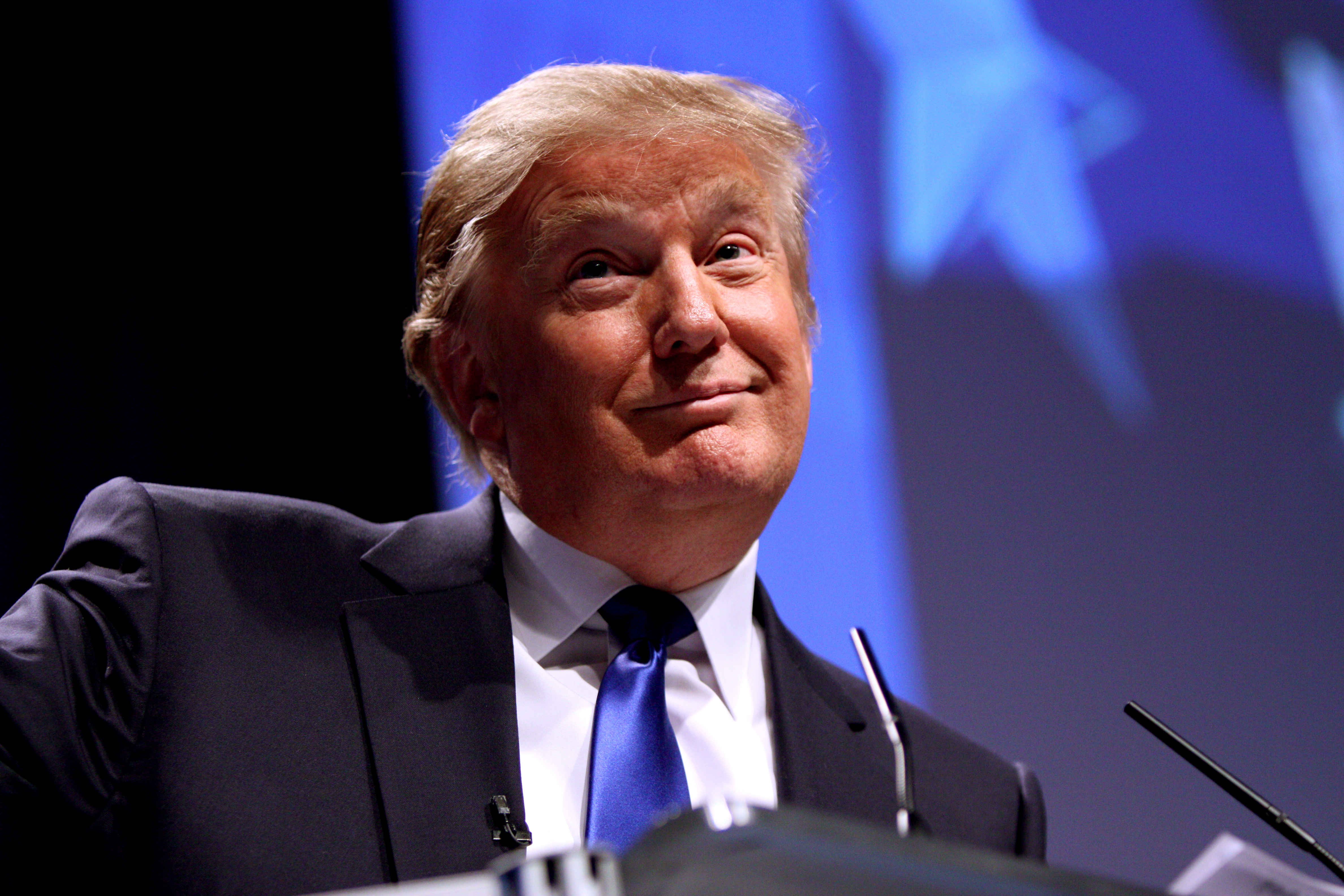Several news reports and long threads on Twitter have pointed out that the number of covid tests across the country have fallen over the last few days. The total number of tests peaked at 19.45 lakh on May 1. They have since fallen to 16.64 lakh as on May 4. Other than not identifying people who have covid and don’t know about it, this is also not good for Covid control
The following chart plots the total number of tests conducted every day, since May 20, 2020.
 Source: https://www.covid19india.org/
Source: https://www.covid19india.org/
Not surprisingly, as the number of covid tests have come down, so have the number of new covid cases. As of April 30, the total number of new covid cases was at 4.02 lakh, with the tests being at 19.2 lakh. They fell to 3.56 lakh as of May 3, when the number of tests fell to 15.05 lakh. As of May 4, the number of new tests stood at 16.64 lakhs, with fresh covid cases being at 3.83 lakh.
The following chart plots the fresh covid cases every day since January 30, 2020.

Source: https://www.covid19india.org/
The fact that India hasn’t been testing enough has been true for a while now. As Bhramar Mukherjee, Soumik Purkayastha, Maxwell Salvatore and Swapnil Mishra write in The Hindu: “While testing and cases have grown at a comparable rate in the US, in India the growth in reported cases on an average has been nearly five times higher than the growth in testing. India is not testing enough.”
For the Indian case, the data for the period March 28-April 27 has been used, during which much of the recent surge in the number of covid cases has happened.
If we were to follow this method for the period between March 28 and May 4 (the latest data available), we get a similar kind of result. The number of fresh cases has risen at an average weekly rate of 45.98%, whereas testing has grown at 10.67%. This is in line with the point Mukherjee and her co-writers made in their piece in The Hindu. (Of course, it is also obvious looking at the slopes of the curves in the two charts).
If we look at a slightly longer time frame starting from March 1 and up to May 4, the average weekly growth in fresh cases stands at 43.58%, whereas the average weekly growth in number of tests is at 10.31%.
So, what does all this really mean? Let’s look at it pointwise.
1) Low testing leads to a lower number of fresh covid cases. This shows the central government and state governments where this is playing out in good light. With a lower number of fresh cases, they can claim that they are getting the pandemic under control.
2) With the number of cases falling, it also leads to a fall in what is referred to as the reproduction number. As Adam Kucharski writes in The Rules of Contagion, the reproduction number is “the number of new infections we’d expect a typical infectious person to generate on average”.
An estimate made by Sitabhra Sinha from the Institute of Mathematical Sciences in Chennai suggests that the reproduction number for India dropped to 1.16 for the week ending May 3. This is the lowest since March 19, when it was 1.19. Hence, data suggests that the spread of the infection is slowing down, with an average covid patient infecting a lesser number of individuals around him.
Of course, the question is whether this is a genuine drop or simply another manifestation of not enough tests being carried out.
3) The advantage of testing more is that more people who have covid can be identified quickly. This improves the chances of people surviving the disease. But then this is not the only issue at hand, for the government.
As Ryan A Bourne writes in Economics in One Virus: “As economist Alex Tabarrok has explained, there’s good reason to think that there is an inverted-U shape of Covid-19 cases as testing numbers increase. At first, conducting more tests leads to finding additional cases.” Of course, this makes governments look bad in the short run. And governments obsessed with narrative want to control the growing number of fresh covid cases, this way or that way.
4) Other than increasing the chances of survival, testing also slows down the spread of the epidemic. As Bourne writes: “When testing is widespread and regular enough, conducting more tests actually reduces Covid-19 cases…[as]… potentially infectious people can isolate themselves immediately and notify those they have been in contact with sooner.”
What this does is it minimizes “the window of transmission between people becoming infectious and ultimately isolating—the time the person would likely be out spreading the disease.”
It leads to a genuine slowdown in the transmission of the disease and not just a slowdown at the data level. Hence, it is important that the governments keep encouraging testing.

